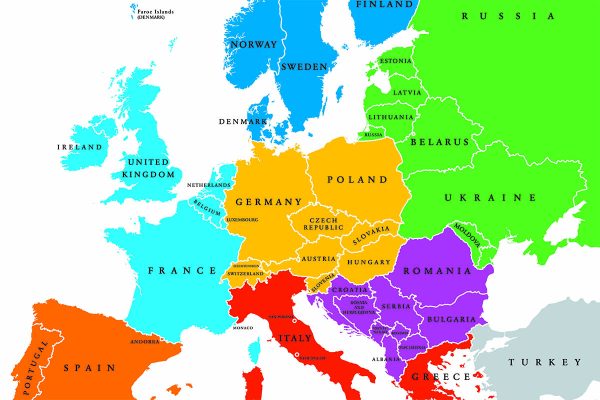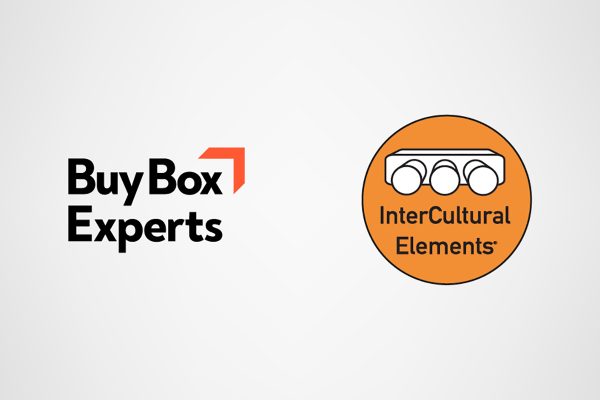Welcome to the first article in Intercultural Elements’ series aimed at helping retailers expand their online sales abroad. If you missed the introduction, you can find it here.
Making the decision to start selling internationally is easy enough, but taking that first step can be almost as daunting as the day you first decided to open up shop – and actually that’s not too far off from what you’re doing! In opening your business to international customers and taking a more active approach to marketing your products abroad, you’re effectively starting over again. The main difference though is that this time, you’re more prepared than you were originally.
Where should you go first?
 There could be an obvious answer to this question. If you’re selling a large amount of product to a particular country without any active marketing, you may already be competitive there. That market would then be a clear target for a more active approach. Sometimes though, your existing sales don’t provide you with a clear expansion direction. Then you’ll have to do some research.
There could be an obvious answer to this question. If you’re selling a large amount of product to a particular country without any active marketing, you may already be competitive there. That market would then be a clear target for a more active approach. Sometimes though, your existing sales don’t provide you with a clear expansion direction. Then you’ll have to do some research.
Researching your expansion opportunities means asking yourself:
- What are the potential barriers to international expansion, and how can I overcome them?
- What are the best marketplace options in each region? What are their requirements and criteria for sellers? What is their market share?
- Which markets would be the most profitable? How do I measure up to my potential competitors?
Keep an open mind as you go through this process. Just because you’re competitive in one marketplace doesn’t mean you will be in another. Or maybe you could become a top seller in two other countries you hadn’t even considered.
There is no magic one-size-fits-all expansion strategy, and you should find what works best for you and your company.
Starting small
 As you begin to test the waters of international e-commerce, you’ll learn more about what works and what doesn’t. Experimentation is an integral part of the expansion process. Unfortunately, it can also be expensive.
As you begin to test the waters of international e-commerce, you’ll learn more about what works and what doesn’t. Experimentation is an integral part of the expansion process. Unfortunately, it can also be expensive.
Certain strategies allow you to begin selling to various international markets without the upfront investment in the translation and localization of your listings. That way, you eliminate the risk of paying to translate all your listings into Japanese only to realize your items sell much better in South America.
As a starting point, Amazon Scout can use your manufacturer EANs or ASINs to help you research the competitiveness of your products across the main Amazon sites in Europe, the USA, Canada, Mexico and Japan. Then you can piggyback on pre-existing listings. In doing so, you’ll be able to experiment with selling to another country without the upfront investment, and discover whether or not the market is viable for future investments.
If you would like to learn more about piggybacking, the next article in this series will provide you with an in depth look at this strategy. It can be a relatively easy toe-in-the-water approach to getting your international expansion under way.








